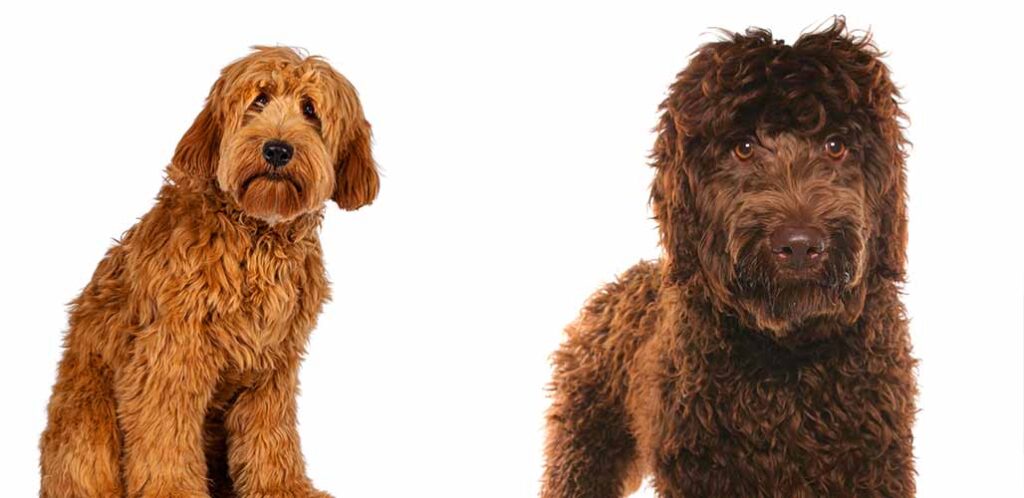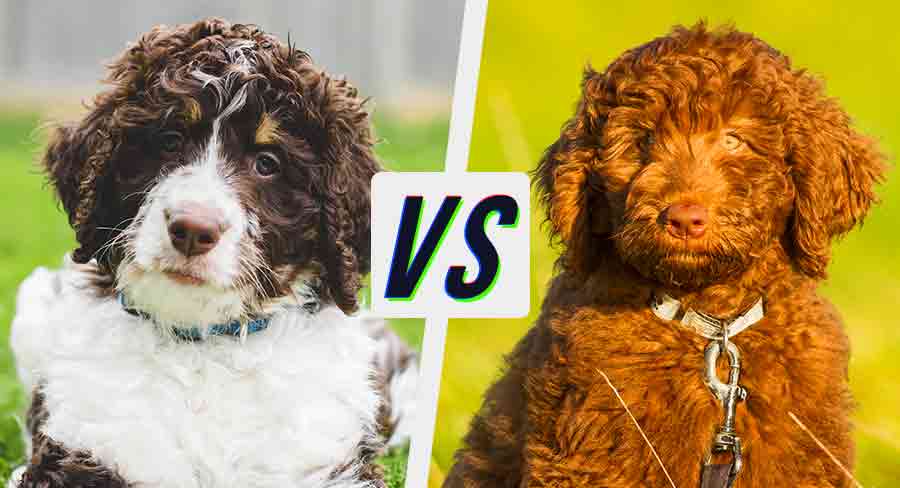Cobberdog vs Labradoodle Breed Differences
Today we’re going to look at the difference between the Cobberdog vs Labradoodle. An Australian Cobberdog is a pedigree, registered breed that sticks to the specific formula laid out by the breed organization. They are a Labradoodle Retriever Standard Poodle mix that matches exact standards in terms of appearance and personality. General Labradoodles might have …





